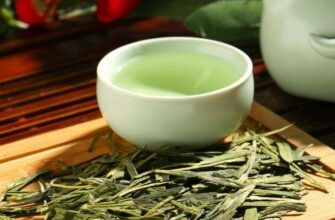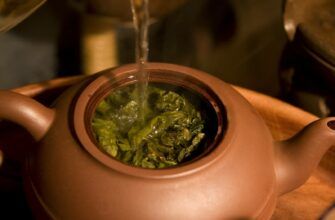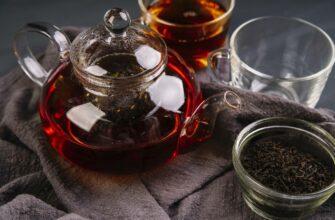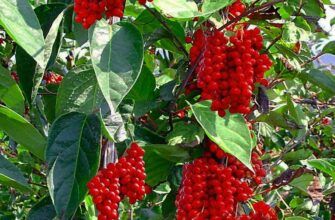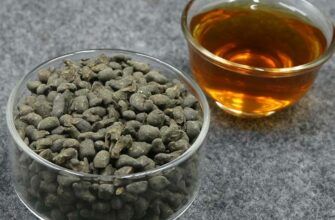There is an ancient Chinese proverb: no matter if you are rich or poor, everyone needs good dishes. Since tea has become an integral part of life, it is served using a service, whether it is brewed for drinking or as a medicine.
The long history of tea as a complex cultural phenomenon would be incomplete without a page on the tea set. At different historical stages, in different regions, among different peoples, the materials from which tea sets are made, the style and technique of their manufacture vary greatly. However, each service is beautiful in its own way. Some even say that sometimes the drink is not as good as the service in which it is served. A beautiful service not only pleases our eyes, but also has artistic value.
Tea-set
A tea set in the Western tradition is a set of utensils in which tea is served after dinner or during a formal tea party.
Teaware varies greatly in quality and price, from cheap mass-produced options to high-end sets that are made in limited quantities. The best tea sets are made by well-known manufacturers of porcelain, bone china and silverware.
A standard set of tea utensils consists of:
- Kettle
- Tea cup and saucers
- sugar bowls
- Jug for milk or creamer
A set of dishes for ceremonies also consists of:
- Kettle
- Stands with candles
- Sludge bowls
- tray
The Yixing Chinese tea set is used to serve tea to guests and consists of:
- Kettle Yixing
- Tray (on which tea is sometimes poured)
- tea cups
- A set of tools that includes: spoon, funnel, needle, tongs, mixer and vase
- A brush, for spreading the tea that is being poured over the entire surface of the tray
- Strainer - even if you pour tea from a teapot, small leaves can get into the cup, so a small strainer helps to prevent leaves from getting into the brew
- Figurine of clay animals (two) - used to attract good luck.
History of tea utensils
The first written mention of tea was found in China and dates back to 206-220 BC. (During the Han Dynasty). At that time, tea utensils were made from two types of porcelain: northern white porcelain and southern light blue porcelain. These ancient sets did not have cream or sugar bowls as they do today.
Most likely, as stated in one document dating from the third century BC, tea leaves were then pressed into briquettes or "cakes". Then they were crushed and mixed with various spices, as well as orange, ginger, herbs, flower petals. Next, the mixture was poured with hot water, and it was heated in a special bowl, and not in a kettle. These bowls were used for a variety of purposes, such as cooking. Evidence suggests that tea was used as a health remedy at the time rather than as an everyday drink.
Historians believe that the teapot was invented during the Song Dynasty (960-1279). During archaeological excavations, a door stove was found that contained fragments of a Yixing teapot inside. Also called Qi Sha Hu in China and purple sand teapots in the US, Yixing teapots are perhaps the most famous teapots in the world.
The teapots are named after a tiny city located in Jiangsu province, where compounds found in iron ore gave these teapots their unusual color. Teapots were fired, but not glazed, and were used to brew oolongs. Due to the porous nature of the clay, the teapot gradually softened due to constant brewing. Therefore, Yixing teapots were highly valued. In addition, artisans made teapots in the shape of various animals.
The Song Dynasty also produced exquisite ceramic teapots and cups glazed in brown, black or blue. A bamboo whisk was used to whip tea into a delicate froth, which is highly valued by the Chinese.
Read more:

